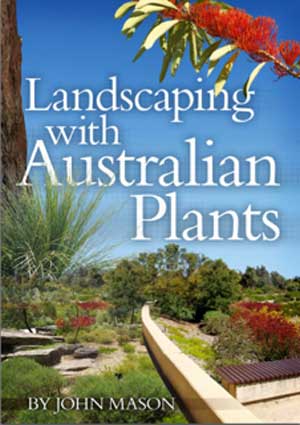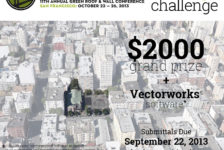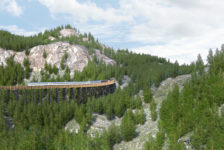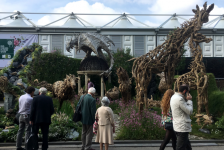As a landscape architect, possessing at least a modest repertoire of plant knowledge is a fundamental skill. More often than not the horticultural aspect of your time at university is rather brief – so if you’re not already versed in verdure, you need to take matters into your own hands! An absolute mastery of horticulture isn’t compulsory, but it’s important to remember that plants are one of our principle forms of expression within the landscape, and our countries native species link us to our land and give us a sense of place. Making this book on Australian plants all the more important.
What is this book about?
From arid deserts to coastal dunes, many of Australia’s tens of thousands of different indigenous plants have for the past two centuries been cultivated and experimented with for both functional and aesthetic purposes. This book delves into the vast assemblage of Australian flora and provides practical ideas and advice on how to grow hundreds of the nations native species in a contemporary landscape setting.
What’s inside?
John Mason is a seasoned horticulturist, author, and general garden guru. He first familiarises the reader with the history of Australian gardens during the early years of settlement, and how influences from prominent designers throughout the 19th and 20th century procured the nations own unique style of gardening. Following this archival narrative, Mason introduces the different characteristics of gardens in Australia and the ways in which many natives, although traditionally found in natural bush settings, are now being incorporated into various garden styles – all that’s needed is some careful pruning, positioning, and training.
The subsequent three chapters take the reader through the functional uses of natives, such as acting as windbreaks, firebreaks, or supporting wildlife; how to grow natives effectively, and the plethora of factors determining the plants success; and the components of a landscape and all the elements which may be manipulated when designing. Ensuing this, chapters six through to eleven are designated to the exploration and explanation of the most popular indigenous trees, shrubs, flowers, ground covers and climbers, conifers and palms, and ferns. The book contains ample photographs, many of which are Masons’ own. These act an effective visual narrative for horticultural newcomers, with the reader being able correlate text and image with ease. Text is clear and uncomplicated, with a simple hierarchy of colour and size depicting relative importance.Why should I get Landscaping With Australian Plants ?
As an Australian and a landscape architecture student, for me this book is obviously a win. But why should you get it? What if you don’t live in Australia? Well you might be surprised, but many Australian indigenous species are actually becoming favored around the globe; from the UK to North Africa and Japan to Singapore. The large spectrum of climates and bioregions within the continent has given rise to a range of diversified planting options that may well prosper in your own country! Plants really are a landscape architects stock in trade, so start expanding your inventory. However, don’t feel disparaged if you’re not studying or practicing landscape architecture – as this book befits even the most elementary gardening enthusiast. Click here to pick up your copy of Landscaping With Australian Plants About the author (taken from ACS Distance Education) Mr Mason has over 40 years experience in the fields of Horticulture, Recreation, Education & Journalism. He has held positions ranging from Director of Parks & Recreation (City of Essendon) to magazine editor. John has lectured in Technical & Further Education Colleges (TAFE), and is a well respected member of many professional bodies. He is the author of more than forty books, and of hundreds of magazines and newspaper articles. He is a keen photographer, with many of his photographs having been published in books and magazines. Publisher: ACS Distance Education Type: eBook Page Length: 192 pages Book review written by Paul McAtomney.
Published in Blog











